20+ Years Experience
Specialist Business Insolvency Company

The formal process of dissolving a company in the UK focuses on closing it without debts.
This is also known as “striking off” or “striking off the register” since the company is struck off the Companies House register of active businesses.
If your company has outstanding debts, the company dissolution process will not generally be an option, and liquidation will be the primary way to close a business instead.
Dissolving with debts can lead to creditors objecting, meaning that you will not be able to dissolve until the debts are dealt with.
Dissolving a company is a formal process designed to close it for good, but it requires expertise and outside help.
As licensed insolvency practitioners, we can provide all of the experience and legal understanding you need to dissolve your small business or company voluntarily and fairly.
Contact us today if you want to learn more.
Limited company dissolution, or limited company strike off, is the process of a company being struck off the Companies House public register.
This means that the company’s assets have been distributed and/or sold off, and it is no longer trading (or legally allowed to trade).
No business can last forever, and most companies eventually get struck from the Companies House register. However, this is not always due to wrongful trading or mistakes that destroy the company’s finances. Sometimes it just makes better financial sense to dissolve the company or pave the way for an industry that is now overtaking it.
There can be many reasons why dissolving a limited company can be a good idea, and the company’s directors often get the final word on what happens to it.
Before you can begin dissolving a company and get it removed from the Companies House records, you need to take specific steps. This includes things that directors can be personally liable for.
First, all relevant parties must be informed of your decision – this must be done within seven days of submitting your strike-off application.
Business assets (mostly physical assets) must be distributed among shareholders before applying for the strike off. Any assets left after dissolution are considered Bona Vacantia and given to the Crown.
Employees need to be paid their final wages, including redundancy pay. Any unpaid debts or taxes (such as corporation tax) also need to be paid, and company tax returns must be filed one final time. Accounts need to be marked as final accounts due to the planned dissolution.
HMRC needs to be asked to close down the company’s payroll scheme and to deregister the company for VAT. If all outstanding debts are satisfied, company bank accounts can be closed, and all relevant parties can be informed.
Once the company is dissolved, Companies House requires that you keep any records and documentation relevant to the old business for 7 years.
The dissolution process removes a director’s ability to claim redundancy, something that a liquidation process does provide.
Since director redundancy works roughly the same way as regular redundancy, not having that option can sometimes be a major downside for a director.
However, many companies go for a strike off rather than company liquidation because it is a far cheaper option, coming in at around £8 per application compared to the multiple-thousands-of-pound costs for liquidation.
While removing director redundancy can lead to cheaper overall closure, some directors go for liquidation purely for the redundancy pay.
Directors can only claim redundancy from an insolvent company if they received regular pay, worked a minimum of 16 hours per week and were at a company that has been incorporated for at least two years.
Directors who don’t meet these criteria may prefer dissolution since dissolving a limited company removes the director’s redundancy that they would not have had access to anyway – and saves money in the process.
If your company owes money via hard-to-manage debts or is unsure how the future will treat your business going forward, contact us for support.
We have worked with countless company directors to successfully help close hundreds of companies.
Dissolution can be the best way to close a company that has no assets or outstanding debts to take care of. This is most beneficial when a company has no actual further use or is not producing much of a profit while also not failing.
This usually happens when directors are approaching retirement with no desire to keep the business going or if the company remains lingering around a decent profit level without growing. It is not facing ruin, but it also is not doing very well beyond basic success.
Sometimes, this is done if directors are having a dispute and getting in each other’s way.
Unlike other methods of closing down a business, there are usually no liquidation costs and almost no publicity. This also means far less paperwork and investigation, making it faster overall.
Before removing your limited company from the Companies House register, you need to take several steps to ensure that company dissolution is even going to be possible.
All business assets must be distributed, and HMRC debts must be cleared up.
The company bank accounts must be cleared of debts and closed, with all relevant and interested parties informed of the closure ahead of time.
HMRC (and Companies House) can still work to pursue debts even after your company has been removed from the Companies House records.
This usually happens when your limited company is dissolved, and you close company bank accounts without HMRC noticing that you still have debts to take care of.
The process for dissolving a limited company can be relatively simple, but a company director must still understand the basics to make it possible.
Any assets remaining when the company is dissolved will be passed to the Crown.
This means it is important to sell off or take all assets before moving to dissolve a limited company.
The business owner must also take care of non-physical assets under company ownership, such as domain names and intellectual properties.
If a company is dissolved owing money, the whole process can be objected to by interested parties and creditors before it becomes fully dissolved. Make sure that all debts are fully paid if possible. Otherwise, the company may need to be liquidated to pay debts instead.
Filing the dissolution paperwork and other relevant documents like the final tax return can be important.
Check the Companies House website to find the documents you may need to file.
Consider hiring an insolvency practitioner like us if you want specific support when dealing with company tax returns and financial documents.
The Companies House process requires specific steps regarding company accounts, so be sure to prepare the entire company before you begin the company dissolution.
Paying employee redundancy is important. While directors can’t claim from dissolved companies compared to insolvent companies, employees can still be paid as normal.
If everything is done correctly, your acceptance letter will usually be published in the London Gazette, or whichever of the other two Gazette newsletters is closer.
Once the letter is published, the company no longer exists. It has no company shareholders, no business presence, and does not exist as a full company.
Dissolving a company with assets can be a huge risk. Since the assets are passed to the Crown, it is best to have a licensed insolvency practitioner on standby to help you manage the assets ahead of time.
Members’ voluntary liquidation is the more tax-efficient and cost-effective method of dealing with assets since it provides asset disposal relief.
This means that you pay less capital gains on any qualified assets.
HMRC monitor all dissolution actions carefully.
If you attempt to dissolve a limited company, either they or another creditor will notice and usually protest the move.
However, agreements like a company voluntary arrangement can sometimes help either a solvent or insolvent company avoid this problem.
Failure to properly manage a dissolution could lead to you getting objections to the company strike off.
This stops your attempt to dissolve the company completely, usually because you owe money or qualifying assets to creditors.
If you owe money to a creditor, they are entitled to submit an objection.
This could also result in a winding up petition or other attempts to recover the money, in many cases leaving you with no choice but to liquidate the company to pay them.
Dissolving a company takes around three months, not counting the projects that must be completed ahead of time to ensure that the application can be made properly.
Once you apply to Companies House for the dissolution, the three months will begin.
If a company is completely dormant, this process is much faster.
Striking off costs around £8 to £10 as an overall fee, and once it appears in the Gazette around three months later, it will be officially struck off the record. Once this happens, there is no direct way to restore the business.
You cannot dissolve a company with a bounce-back loan.
This is still a loan, and all loans and debts must be dealt with before you dissolve the company.
Dissolving your company requires that you complete a specific set of forms and comments.
Companies House only accept these as physical documents, which must be printed and sent.
Resubmission is possible, although it requires another £8 fee. To avoid this, you can use an insolvency practitioner like us to submit the form without errors or mistakes that otherwise could get it sent back.
A dormant company that never traded can still be dissolved.
The process is the same, without the requirement to worry as much about issues like HMRC’s corporation tax office or paying less capital gains tax (since the company never traded).
Submitting the request to Companies House is the same regardless of your company’s status.
However, if you want to do it cost-effectively and without delays, third-party liquidation experts like us can be the best place to turn.
If a company is going insolvent, you can take a range of options to make the process easier for your business.
Sometimes you may need a specialist, like pension managers and liquidation experts, to tackle these problems properly.
For example, creditors’ voluntary liquidation (CVL) helps you avoid compulsory liquidation if you have standing debts.
Closing a company via creditors liquidation means less focus on the personal liability of the directors or any employees involved since the process was voluntary.
Members voluntary liquidation (MVL) is the most tax-efficient way of closing down a company with assets.
Business Asset Disposal Relief (formerly entrepreneurs relief) is a tax break that applies to your specific corporation tax reference number and reduces the tax paid on qualified assets by 90%.
We assist businesses to dissolve their company across the UK including the following locations:
Here are some other informative articles about business debt in the UK:

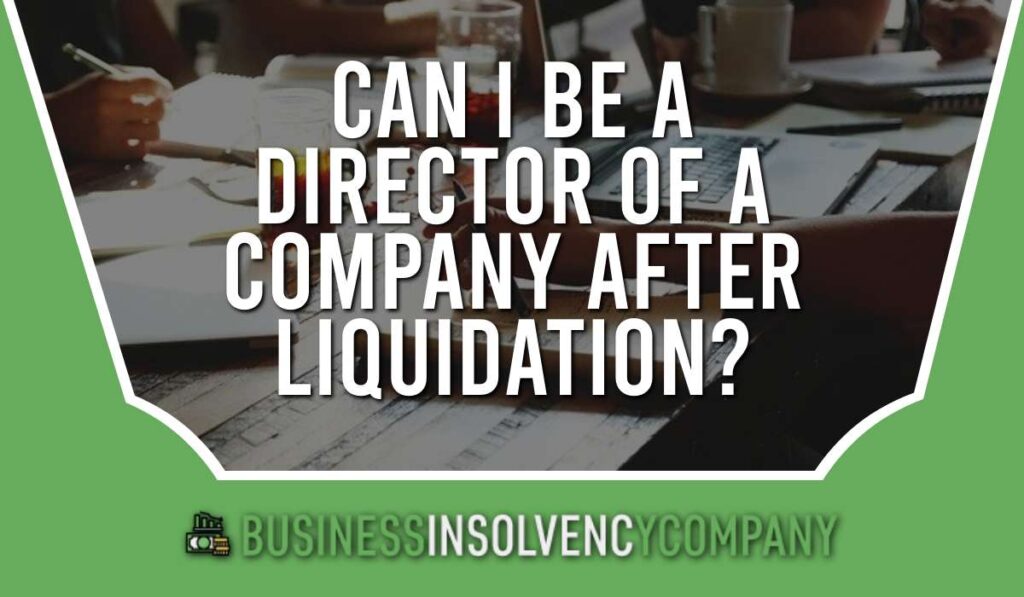


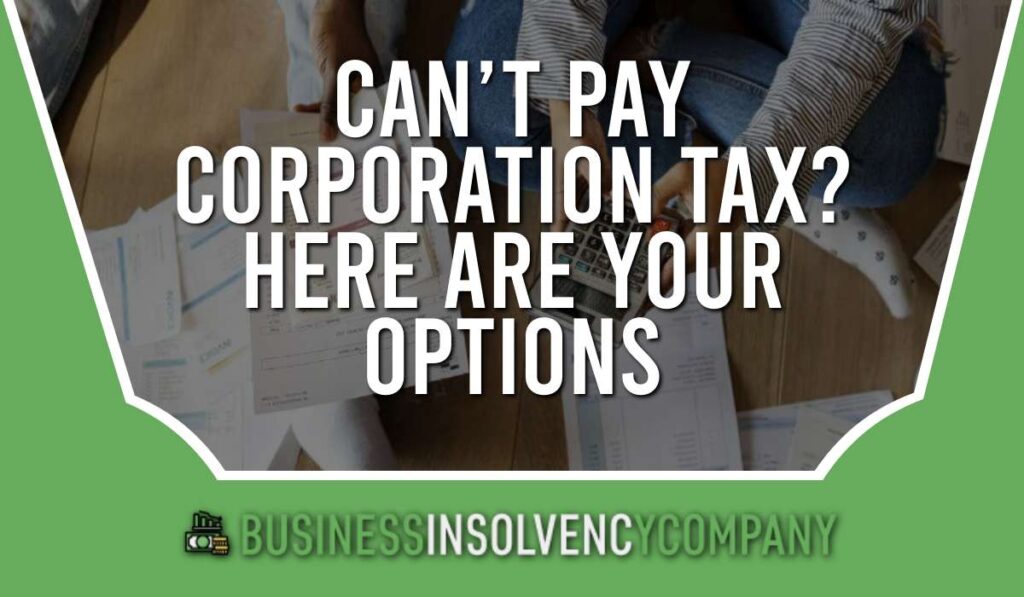

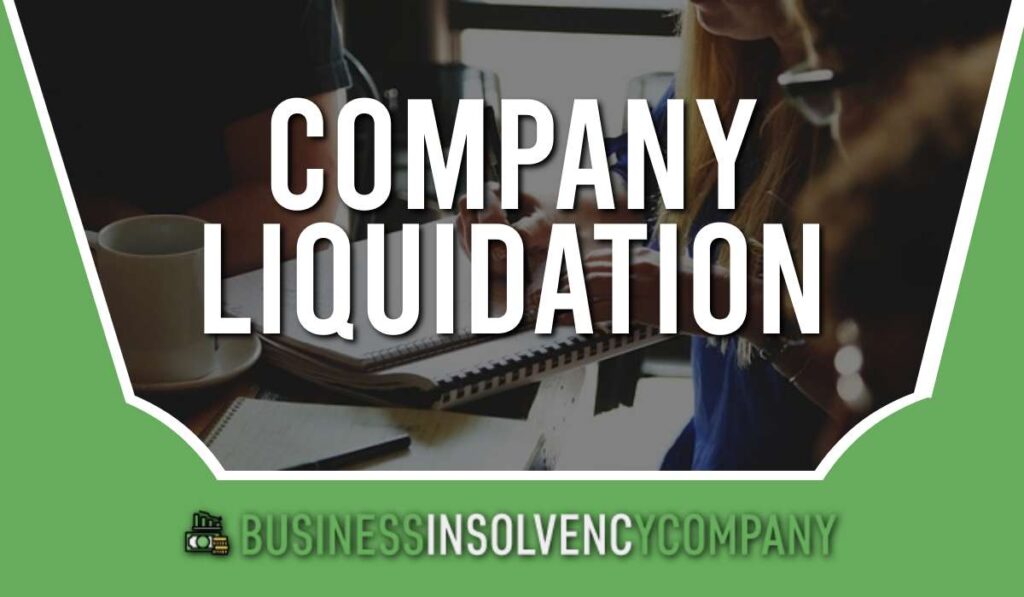
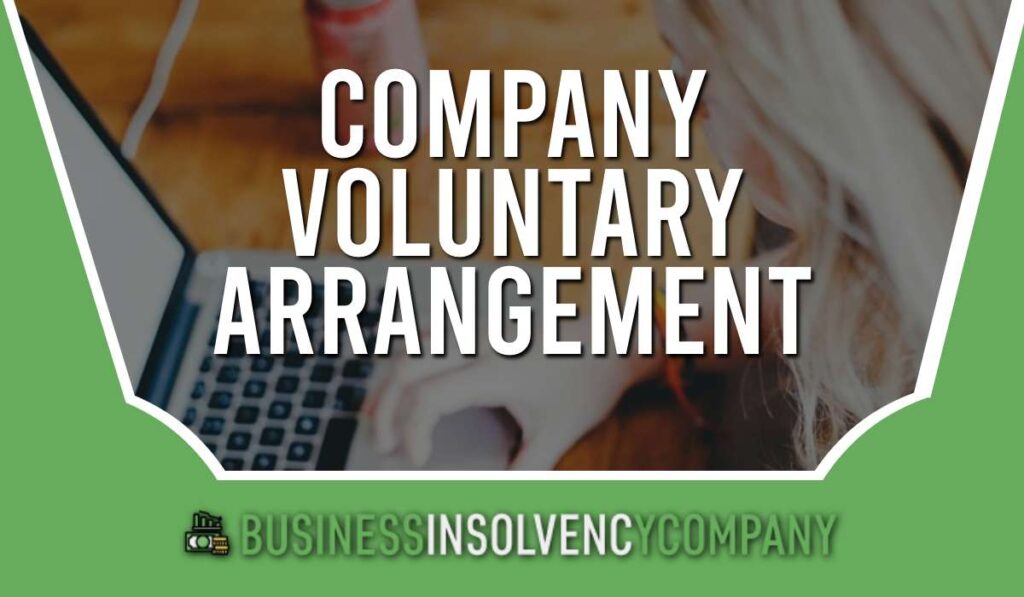

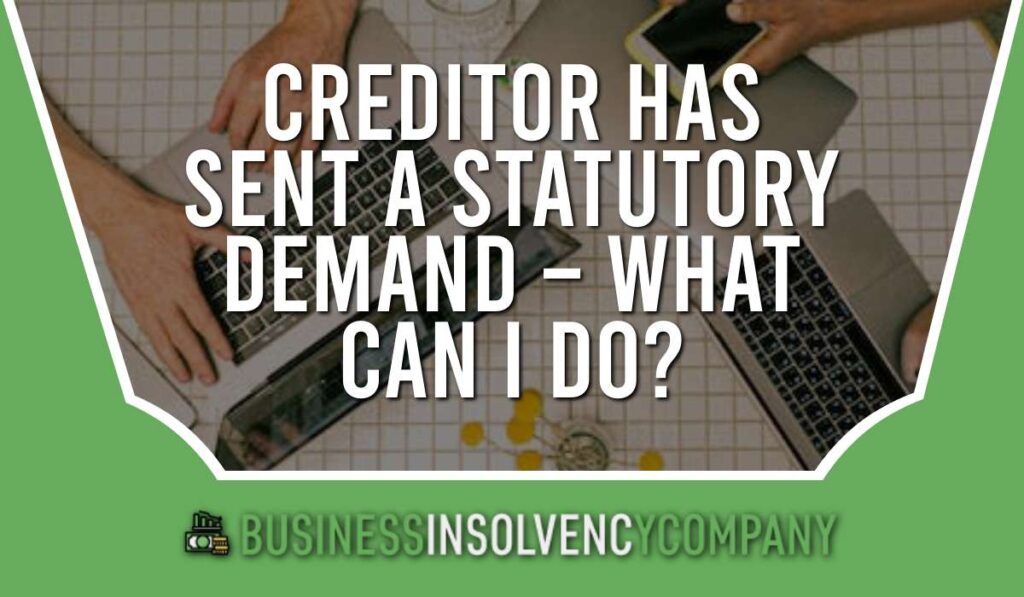
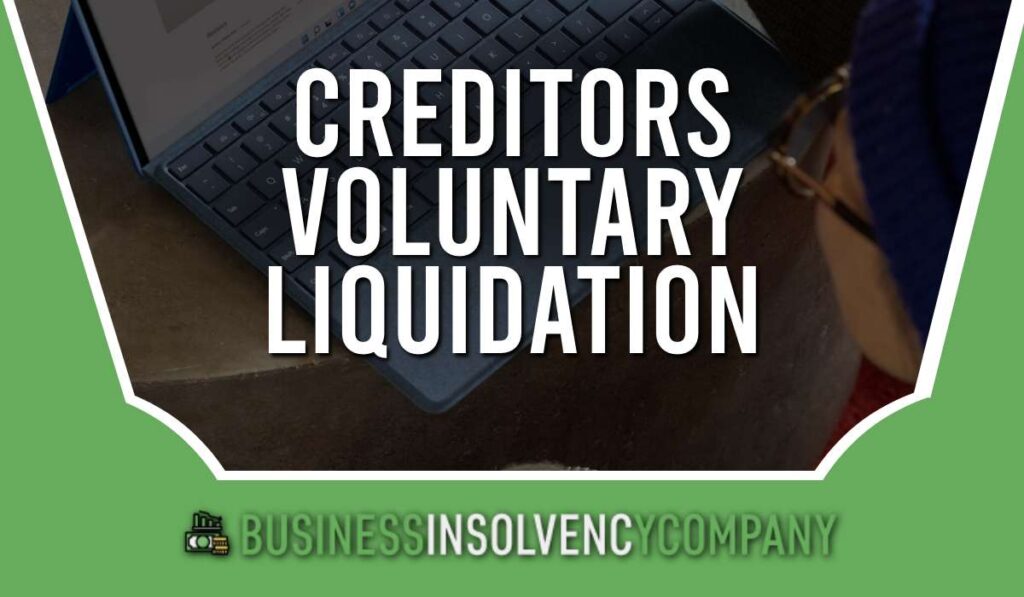
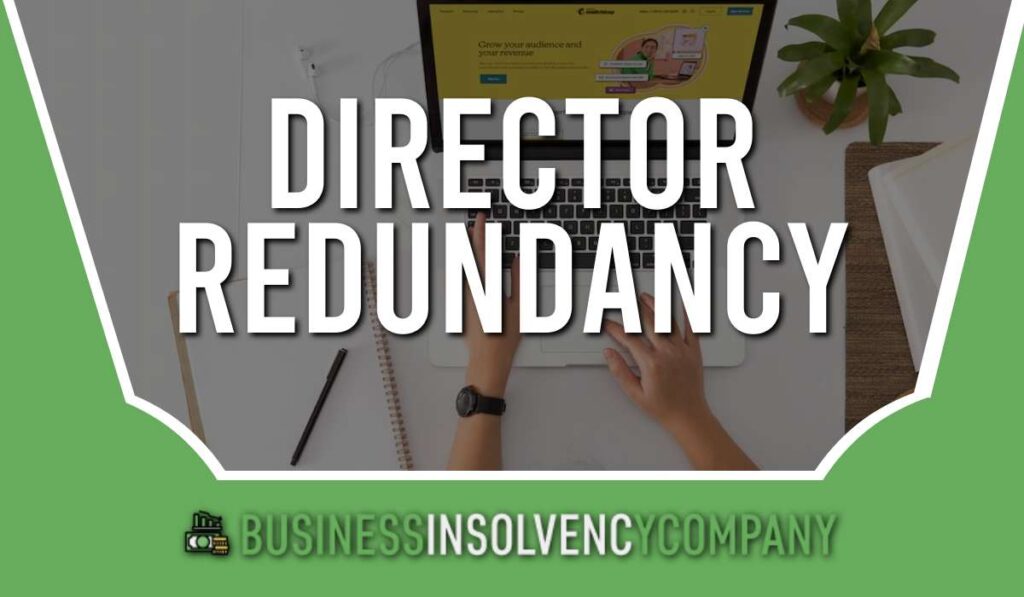

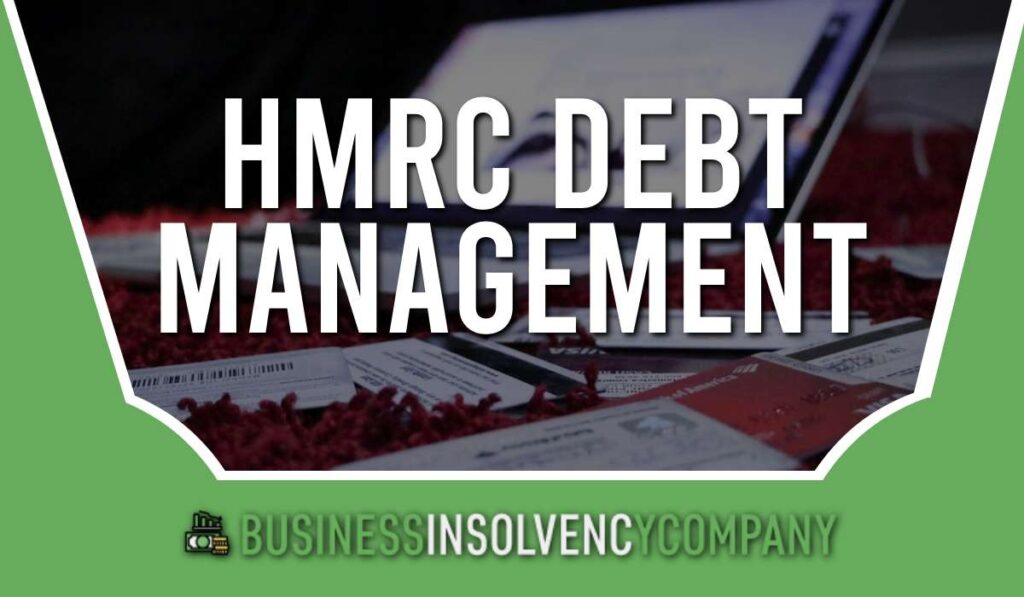

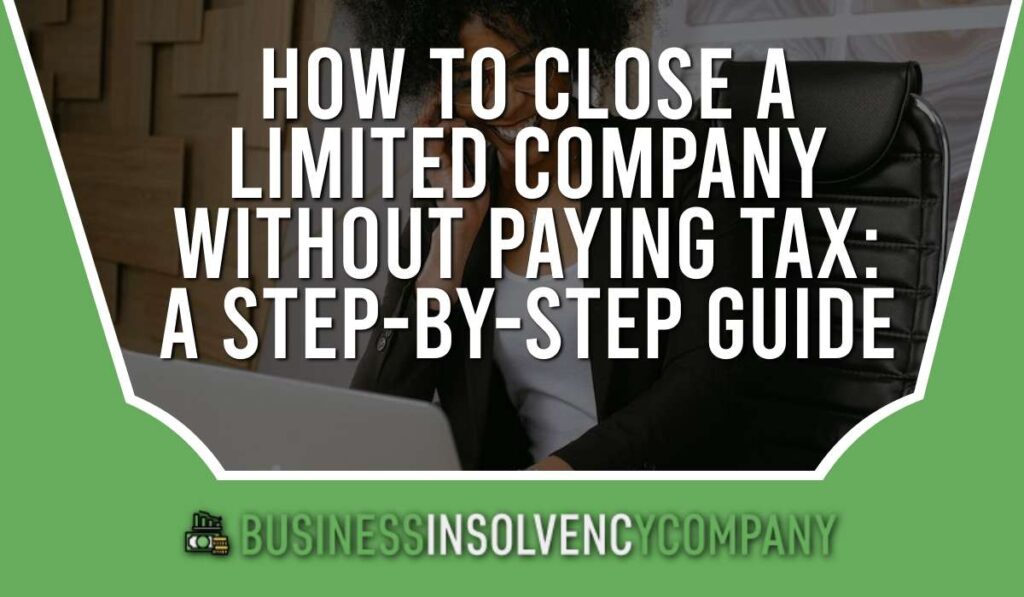
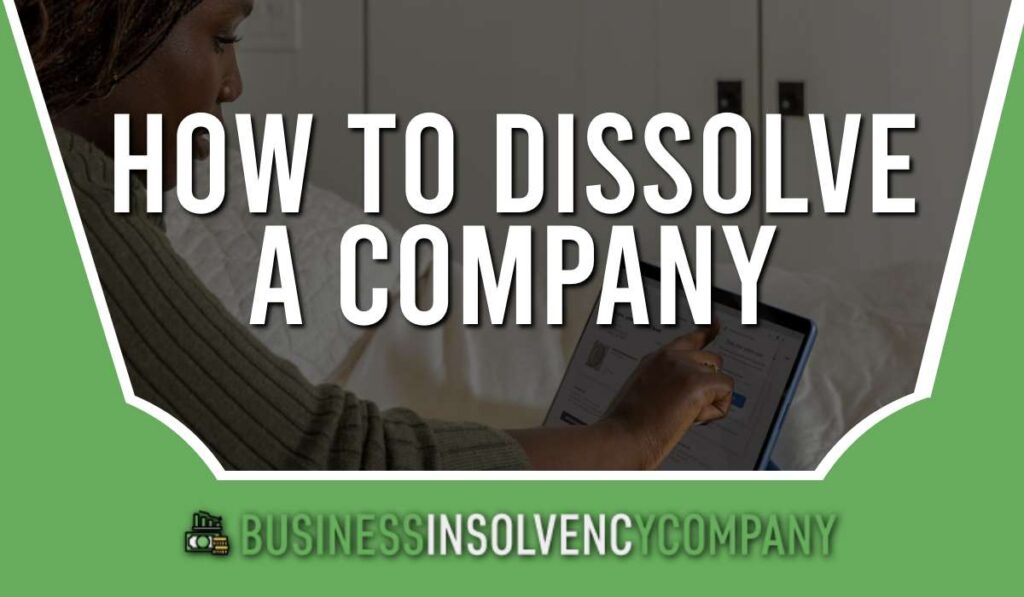









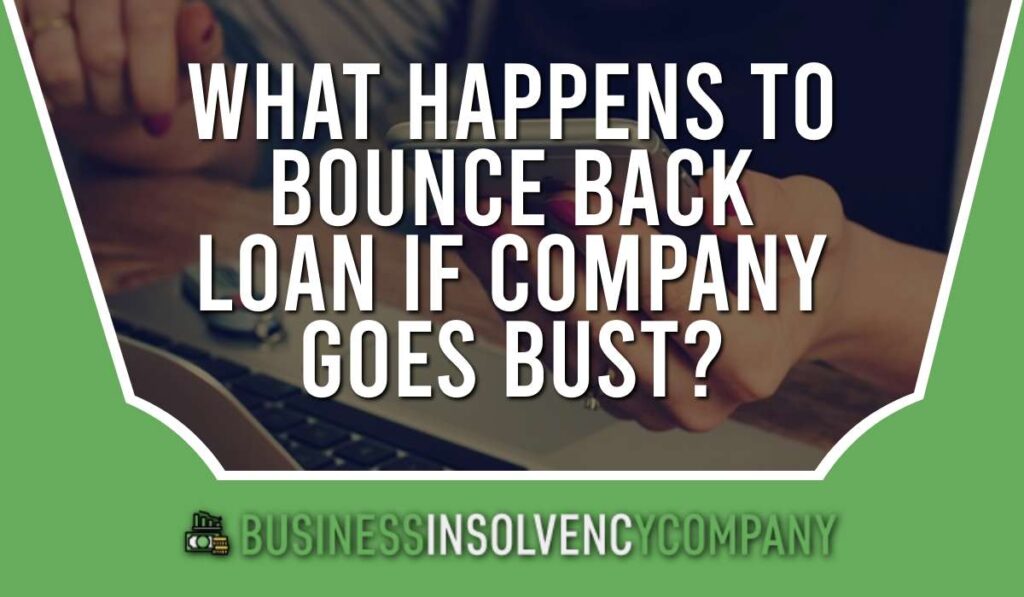
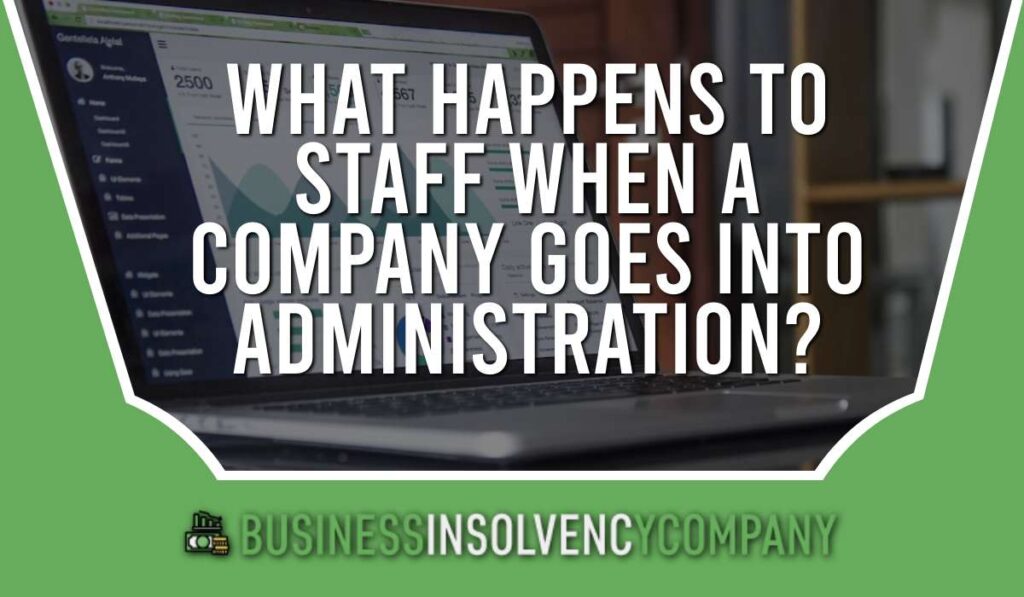

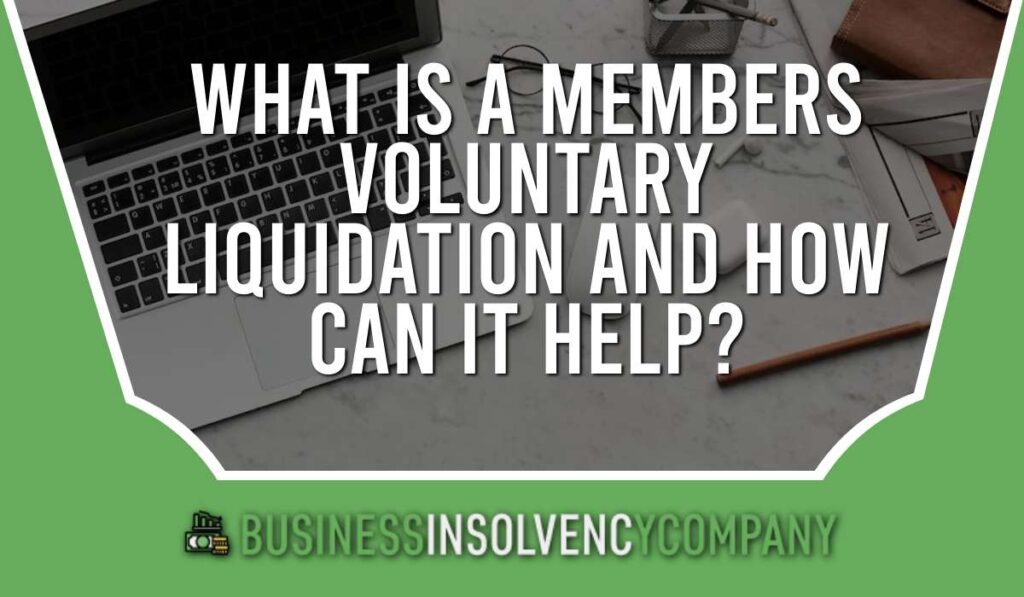

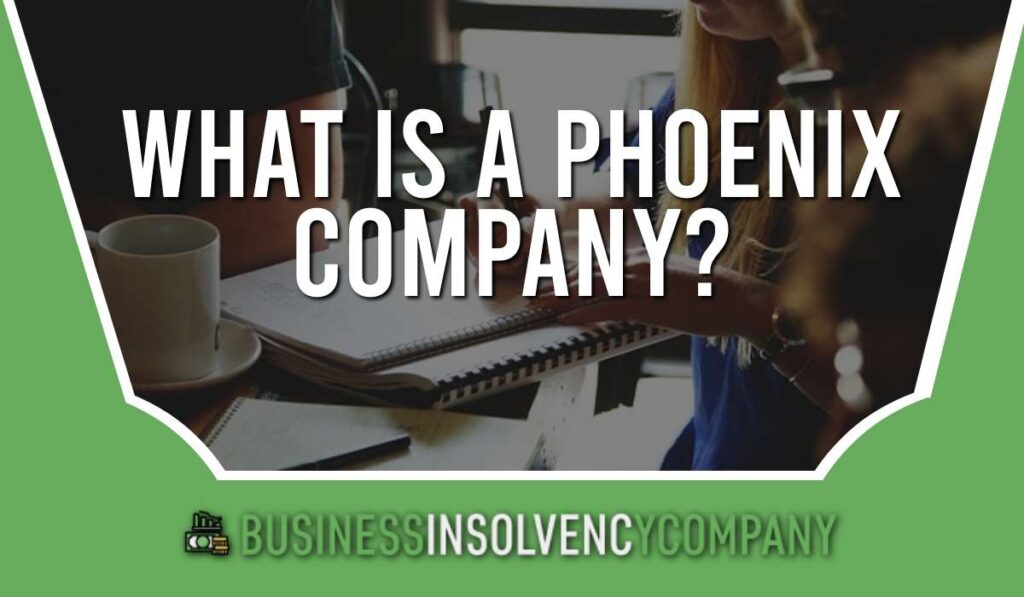

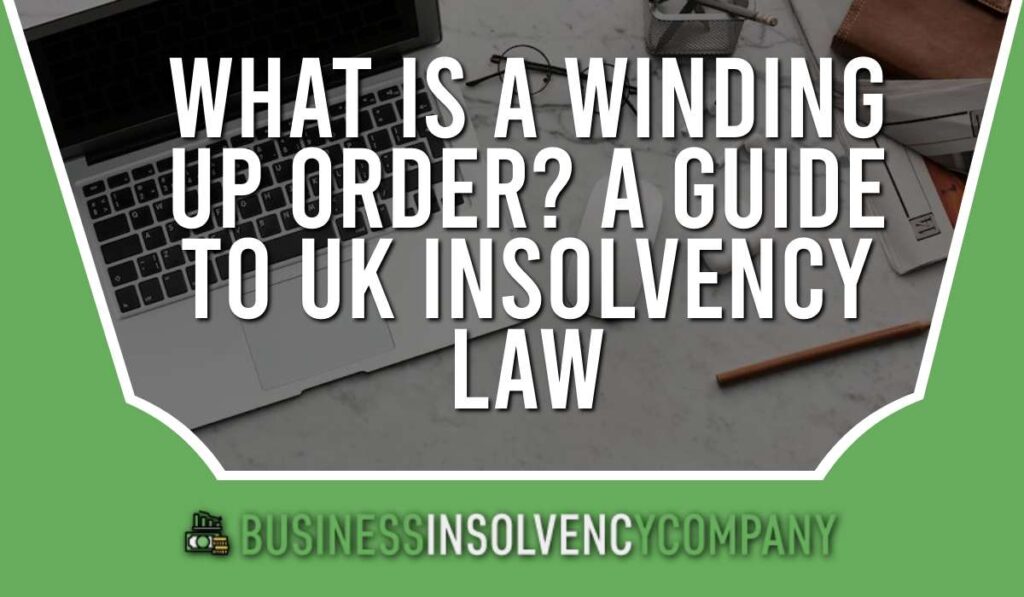




We Aim To Reply To All Enquiries With-in 24-Hours